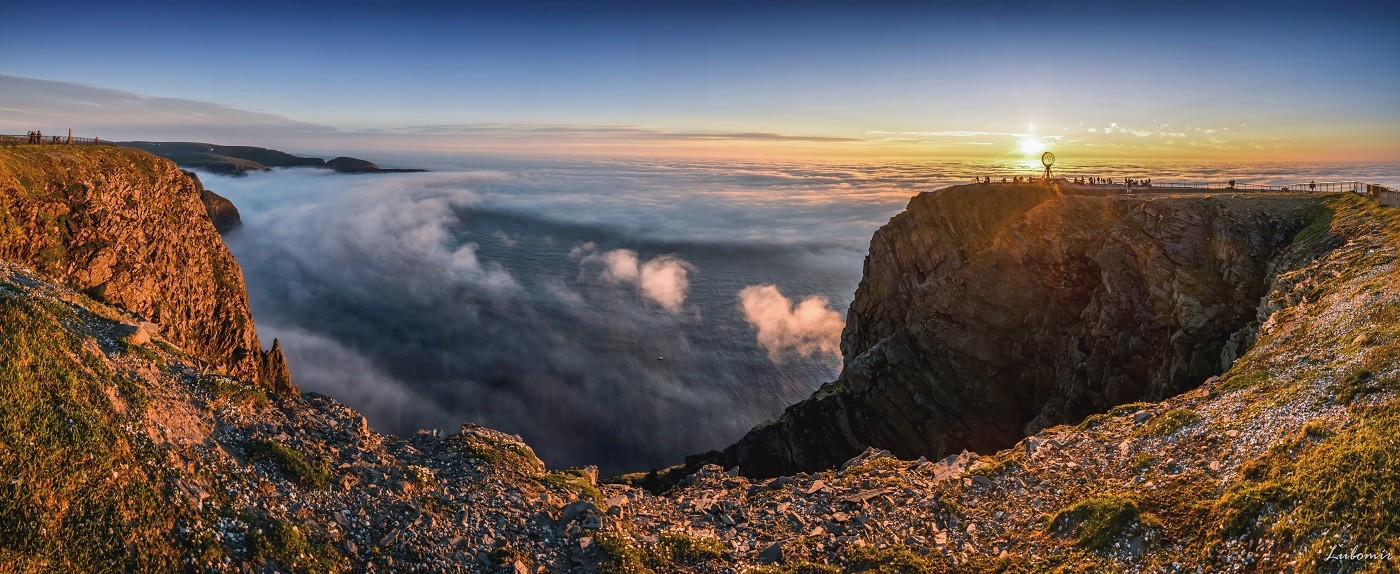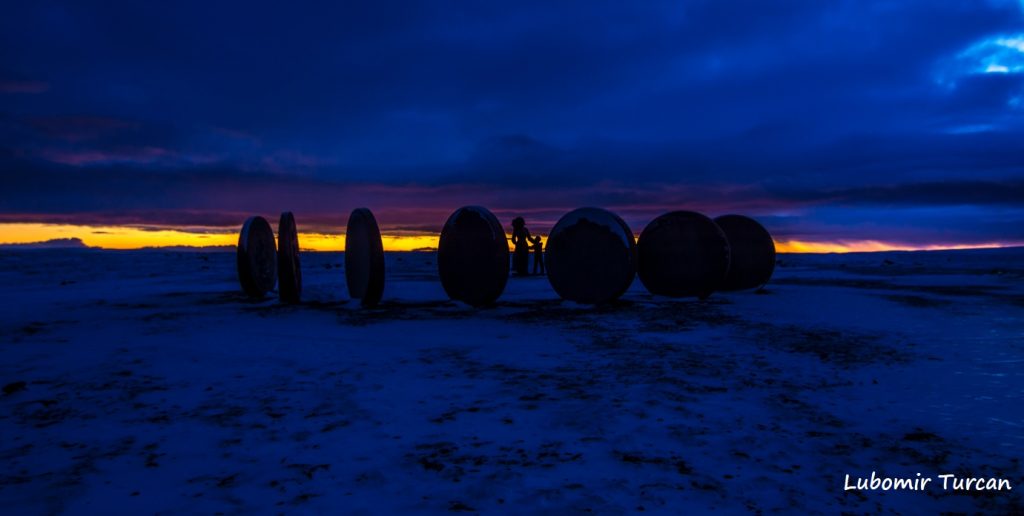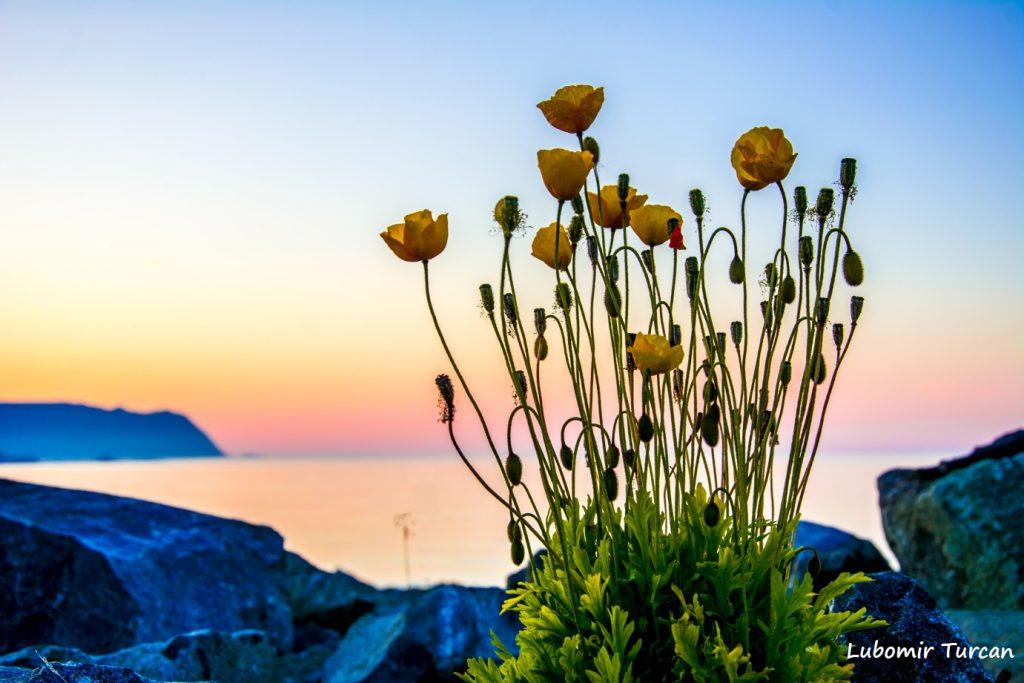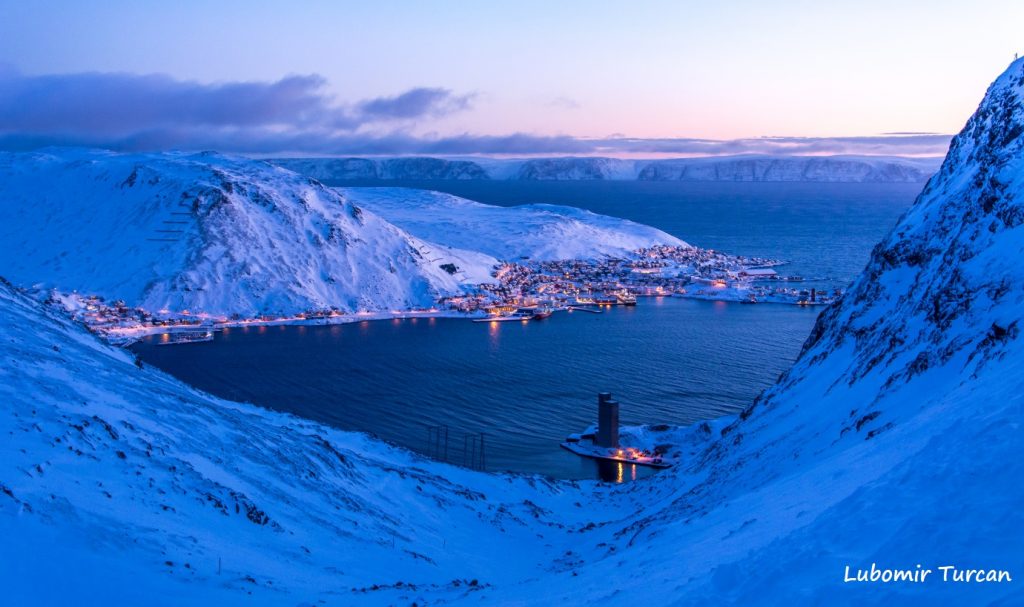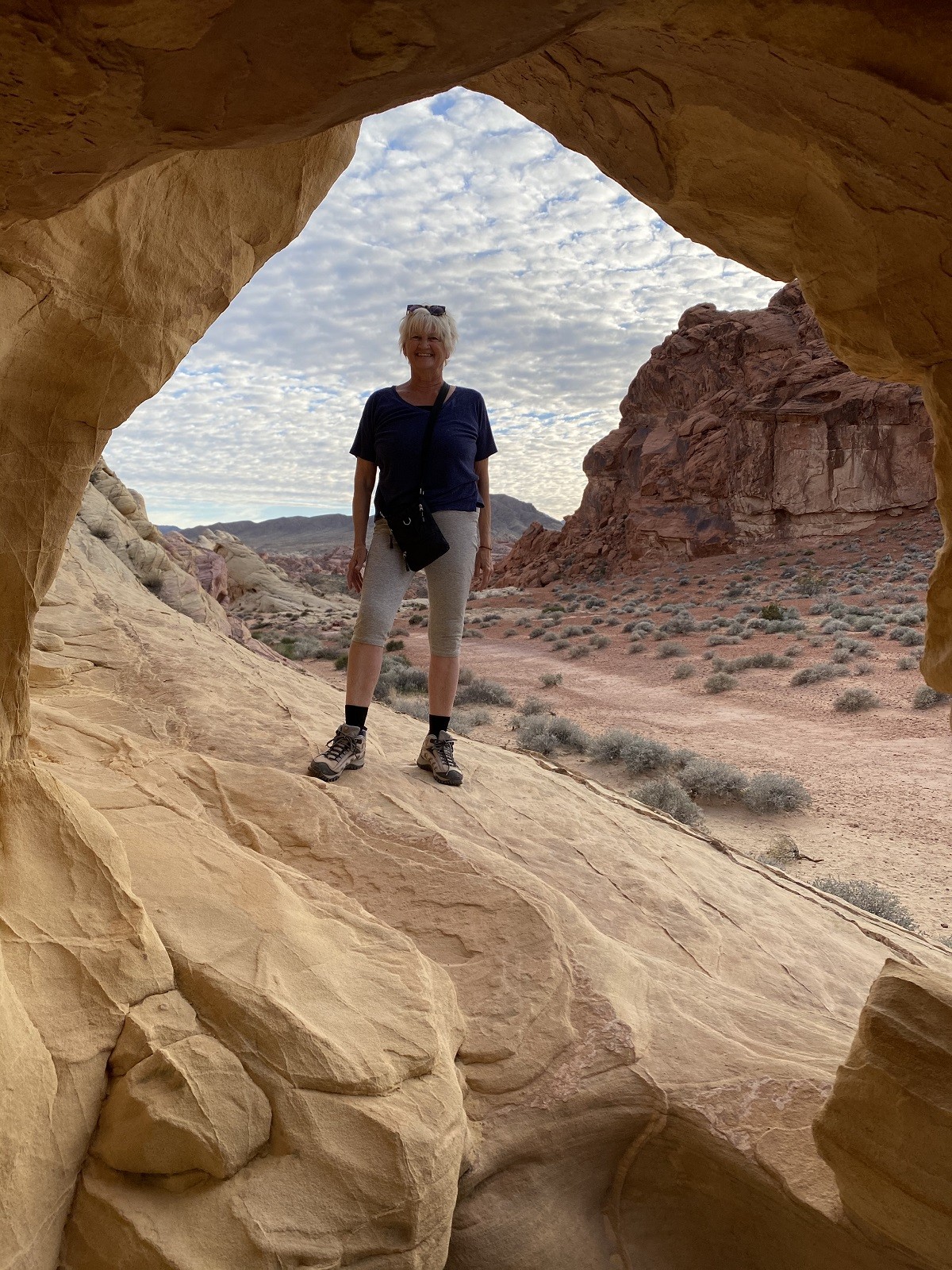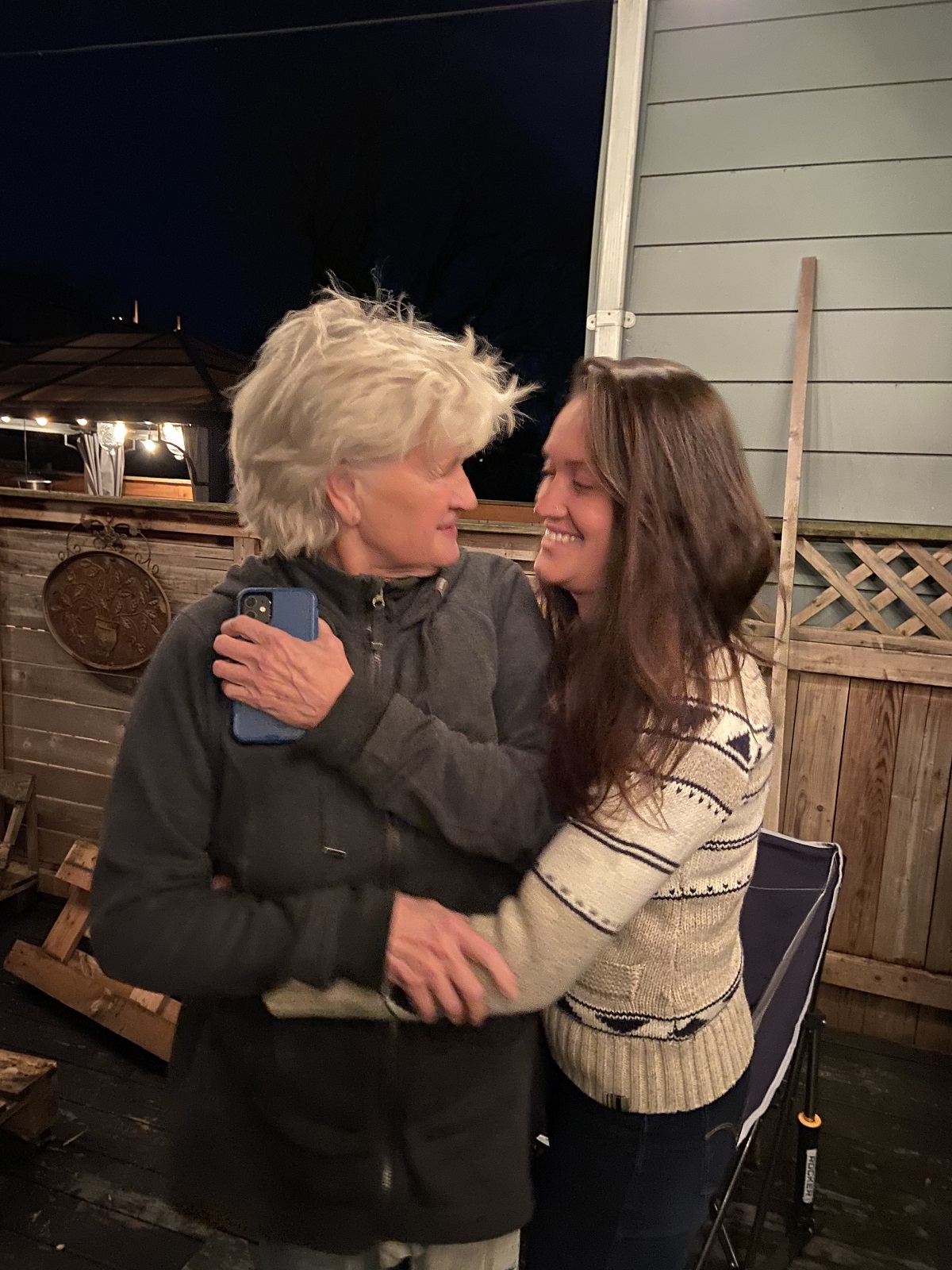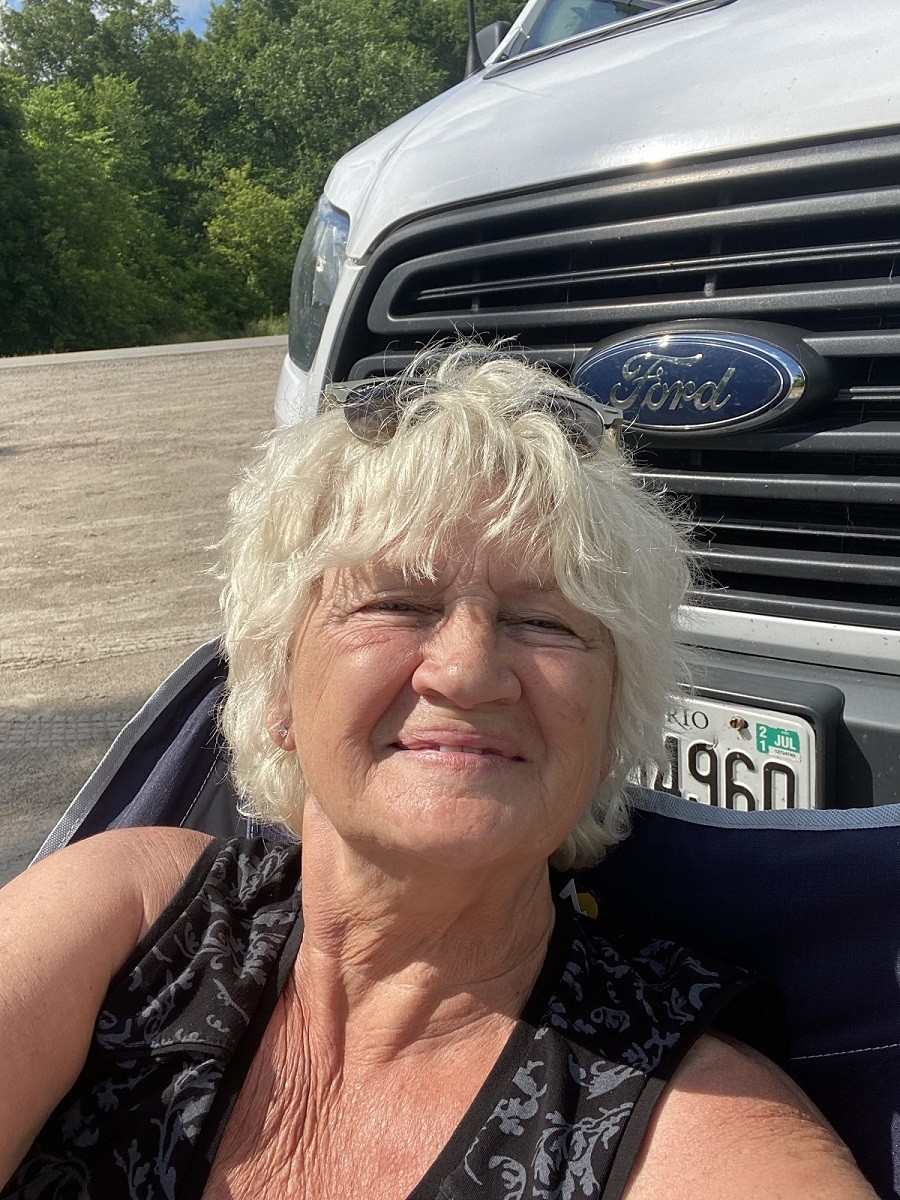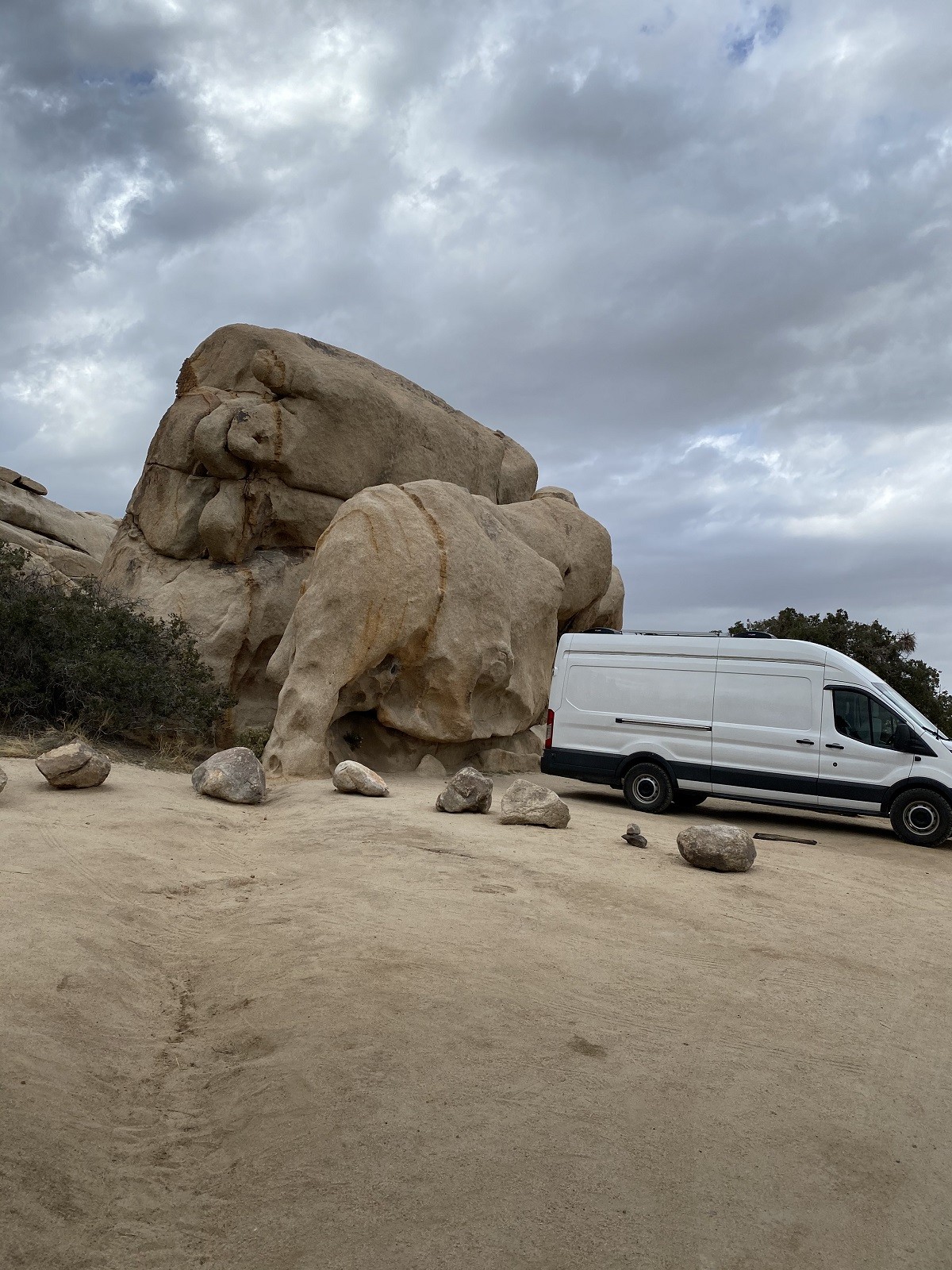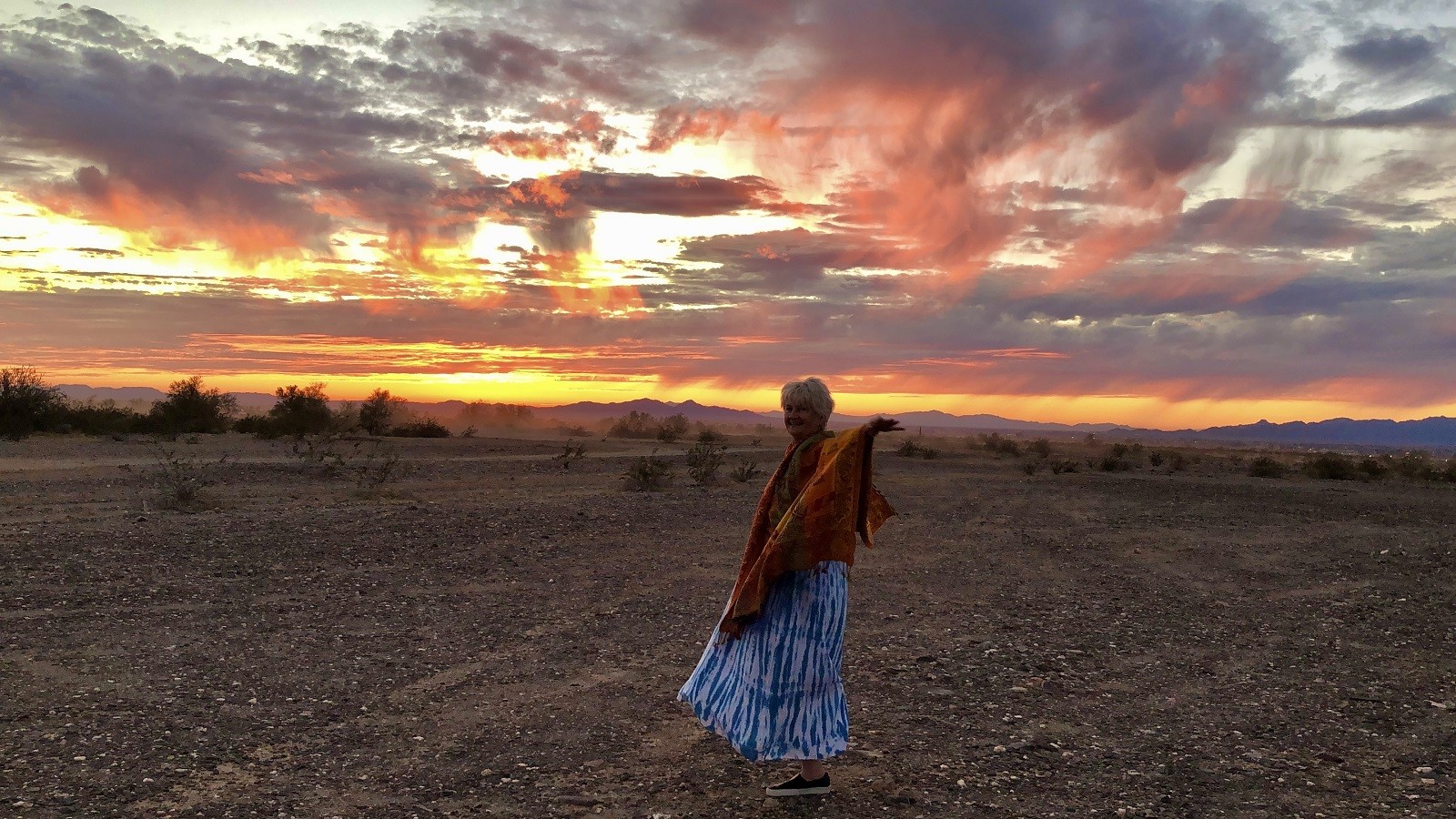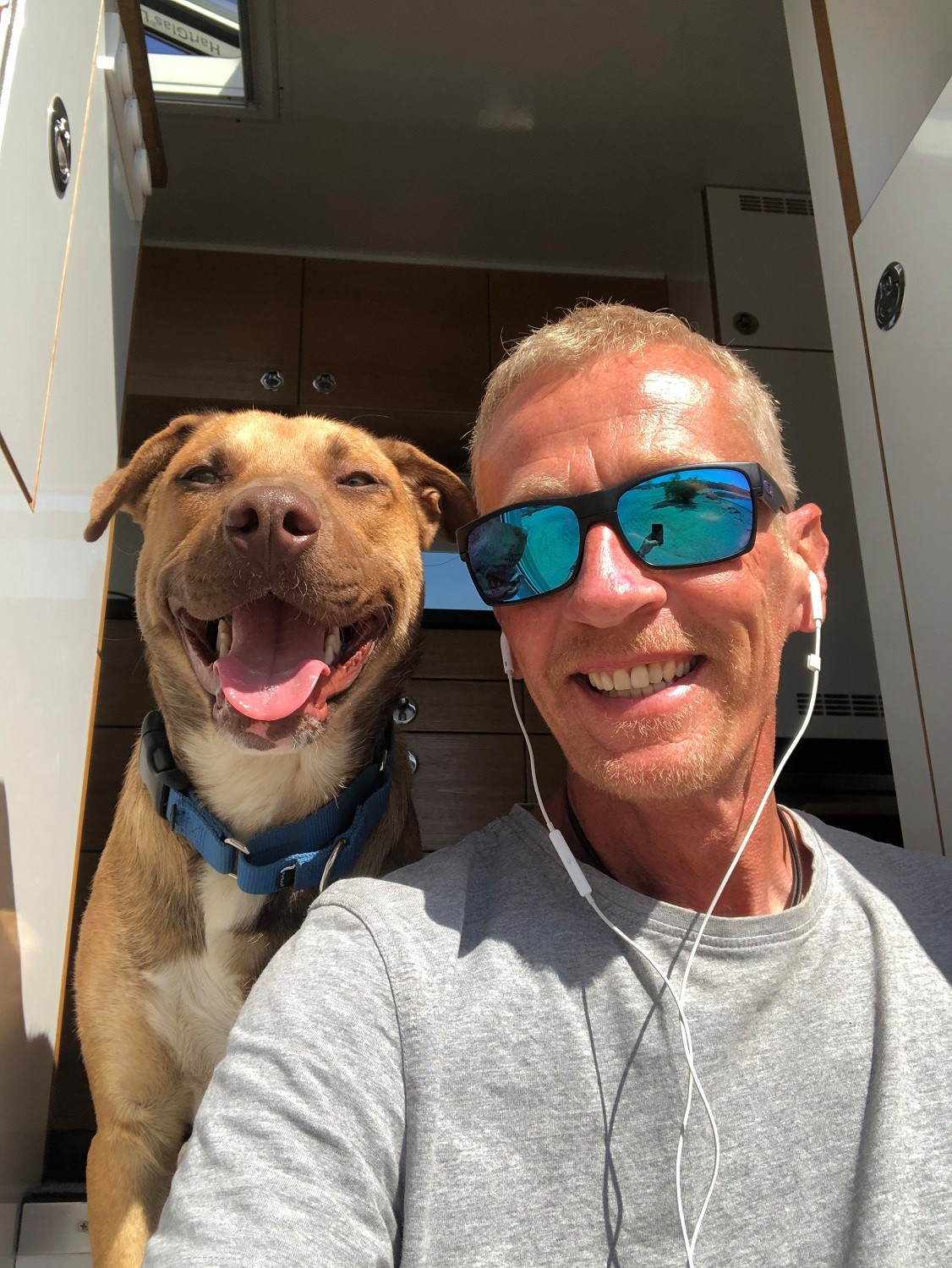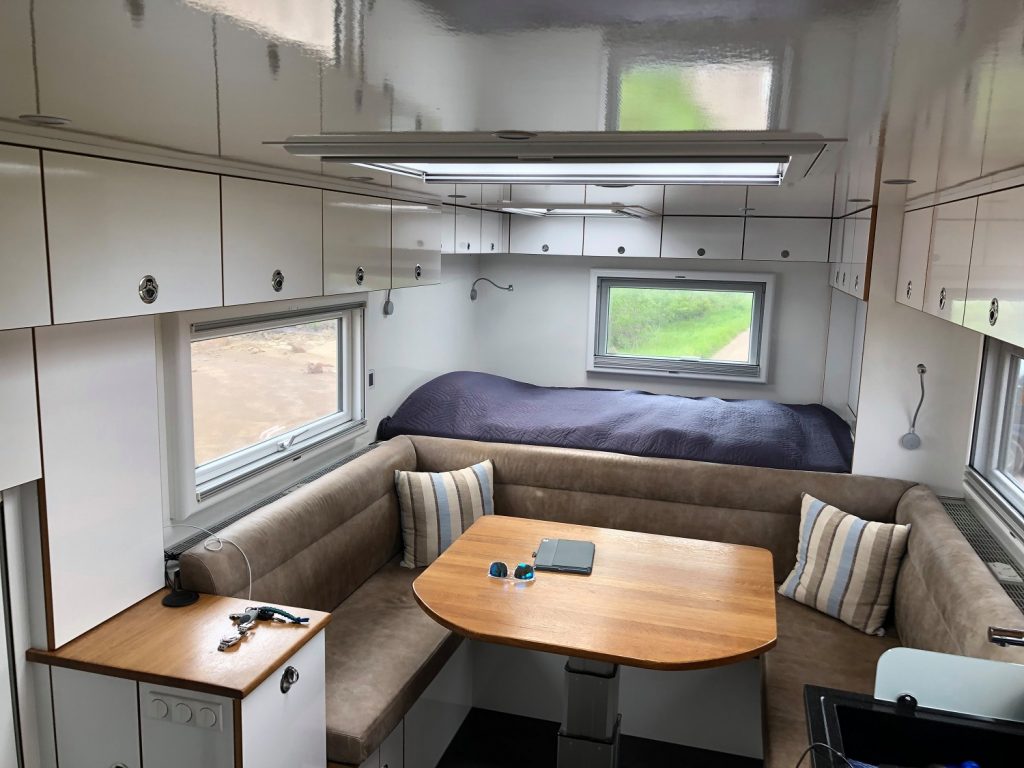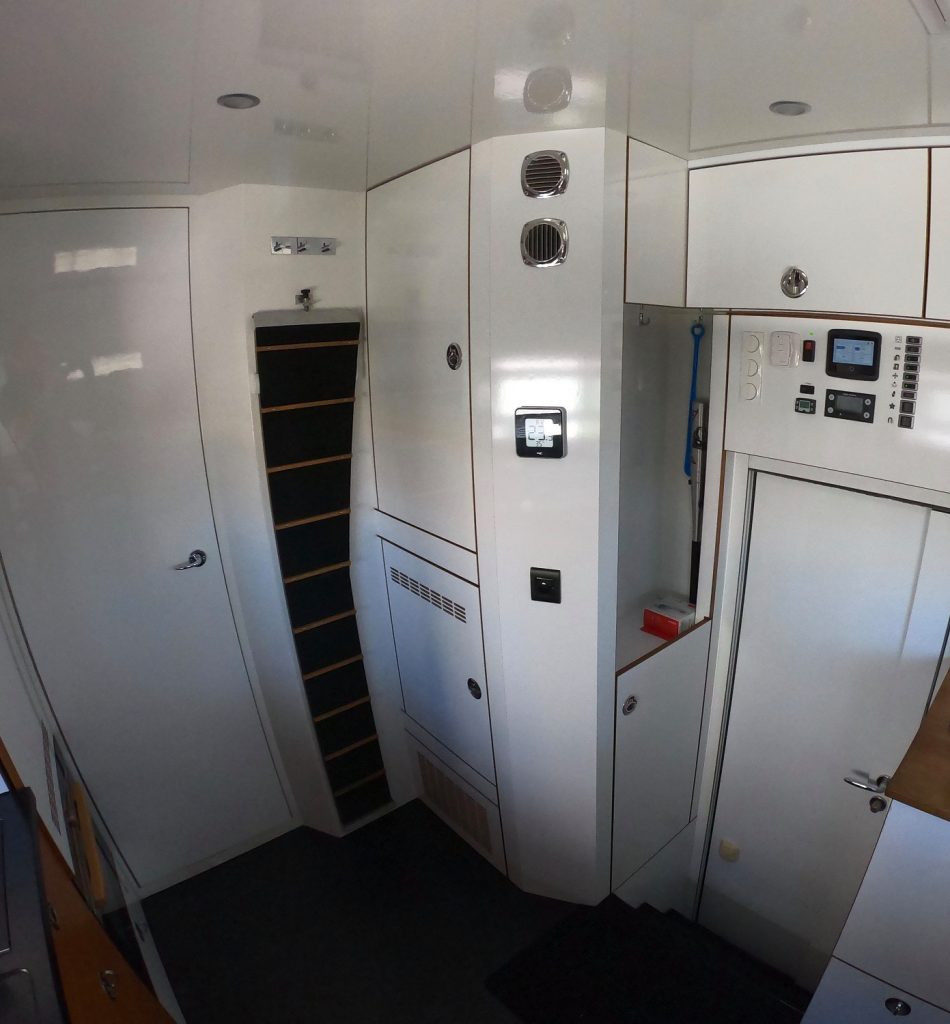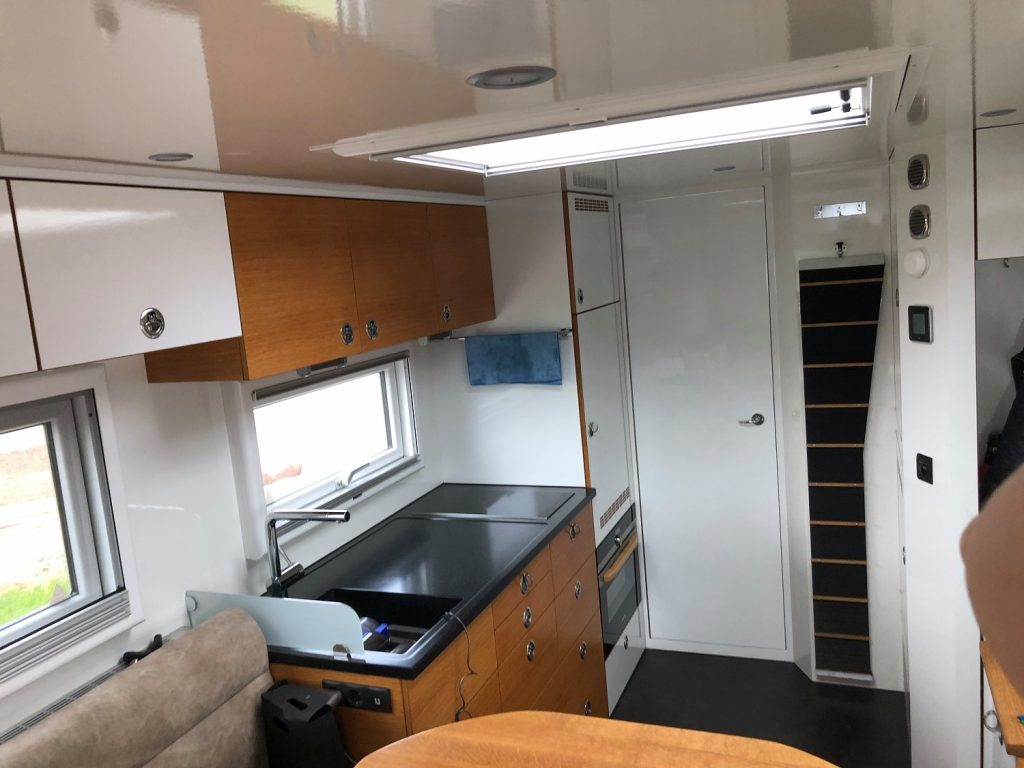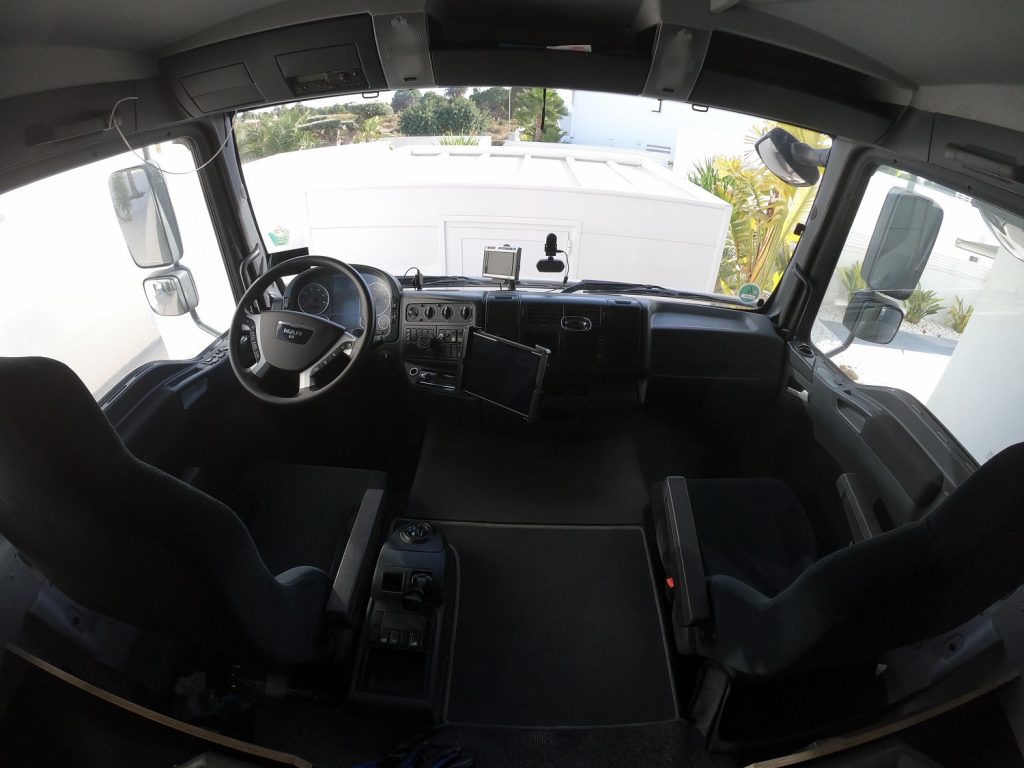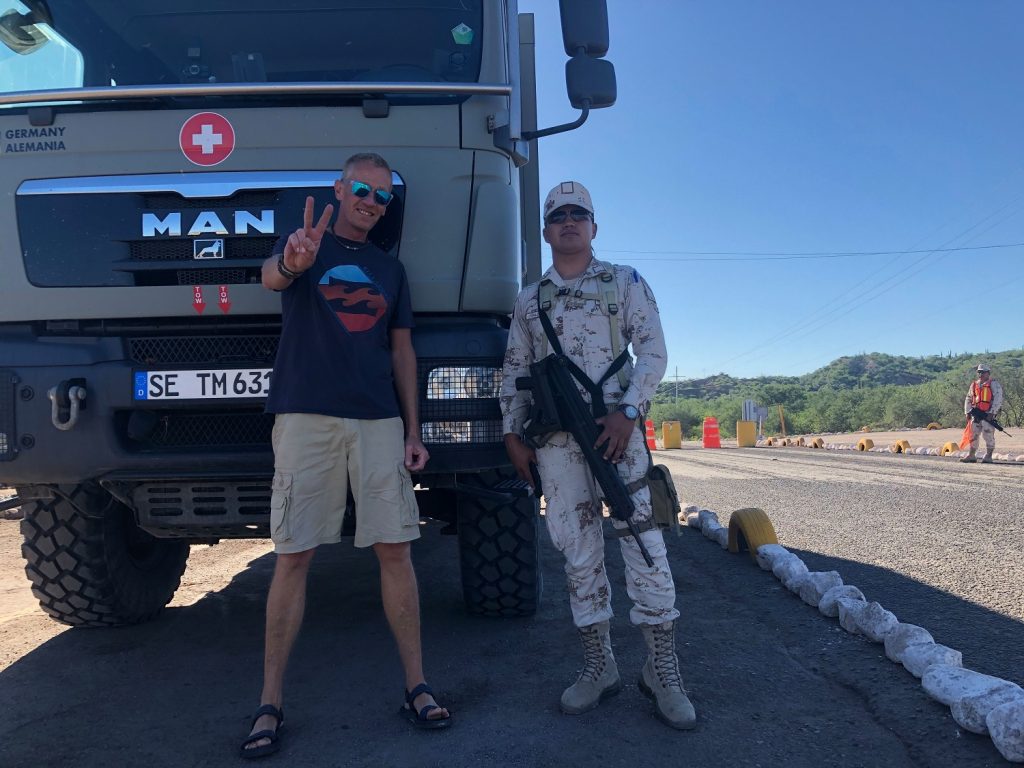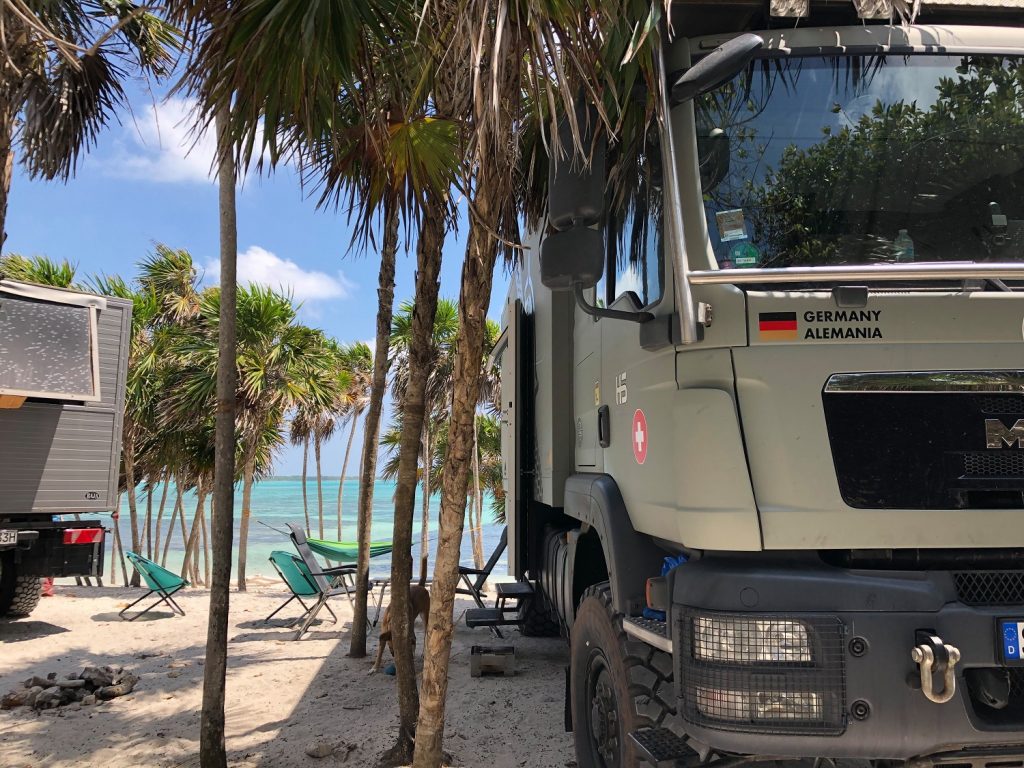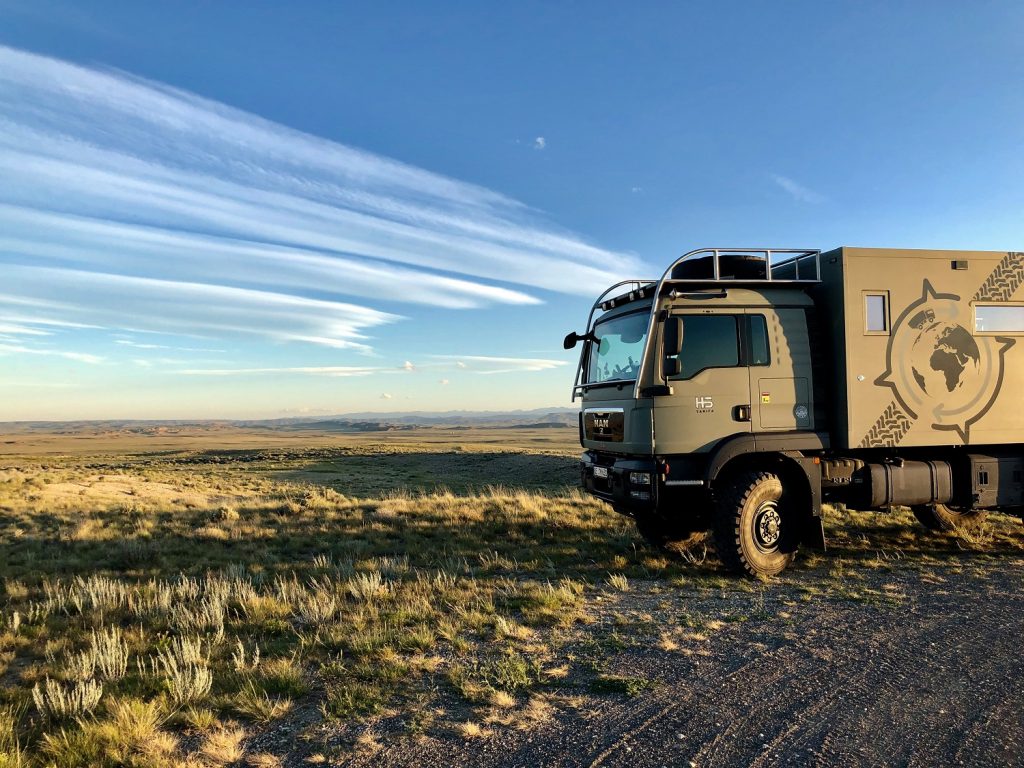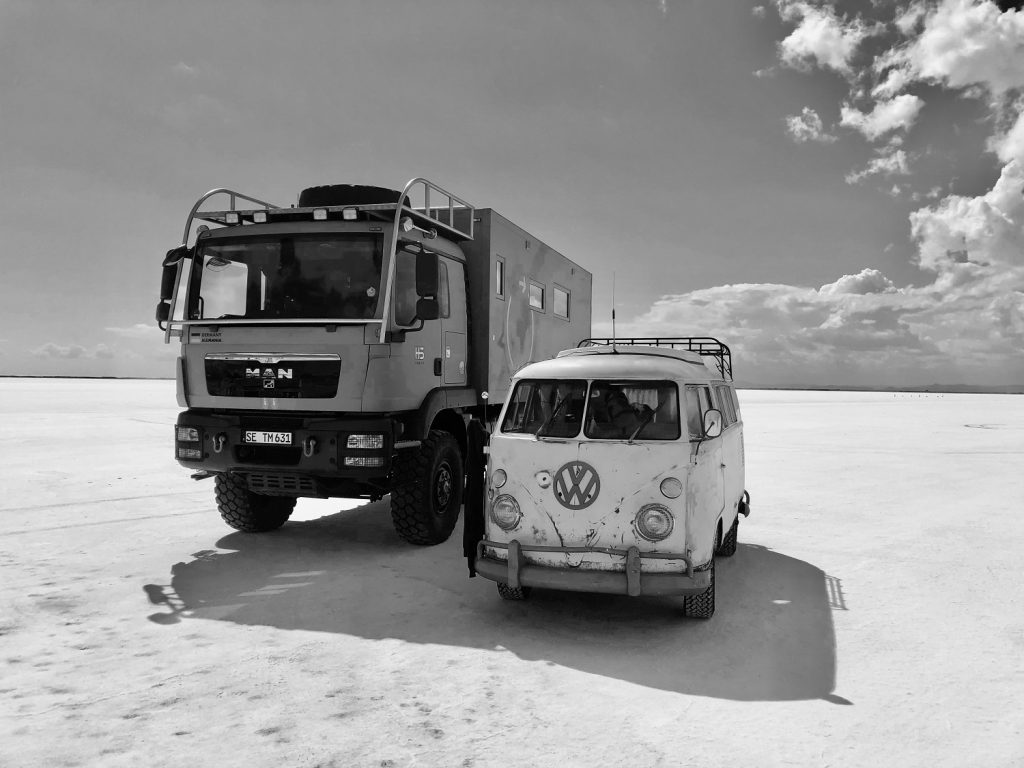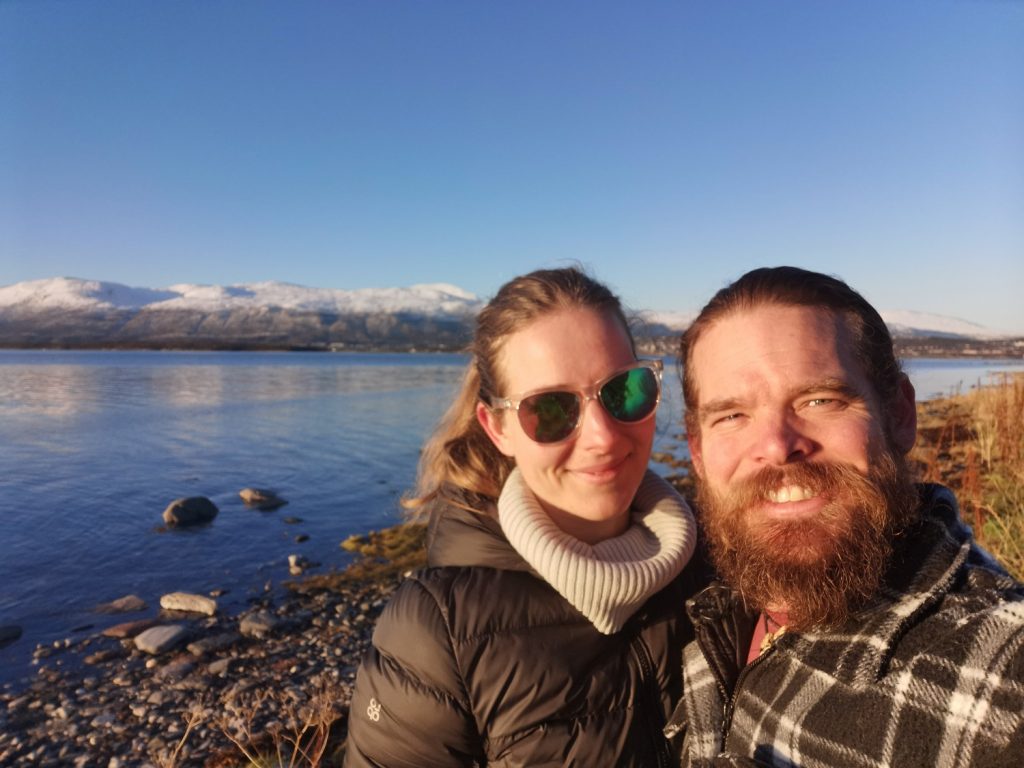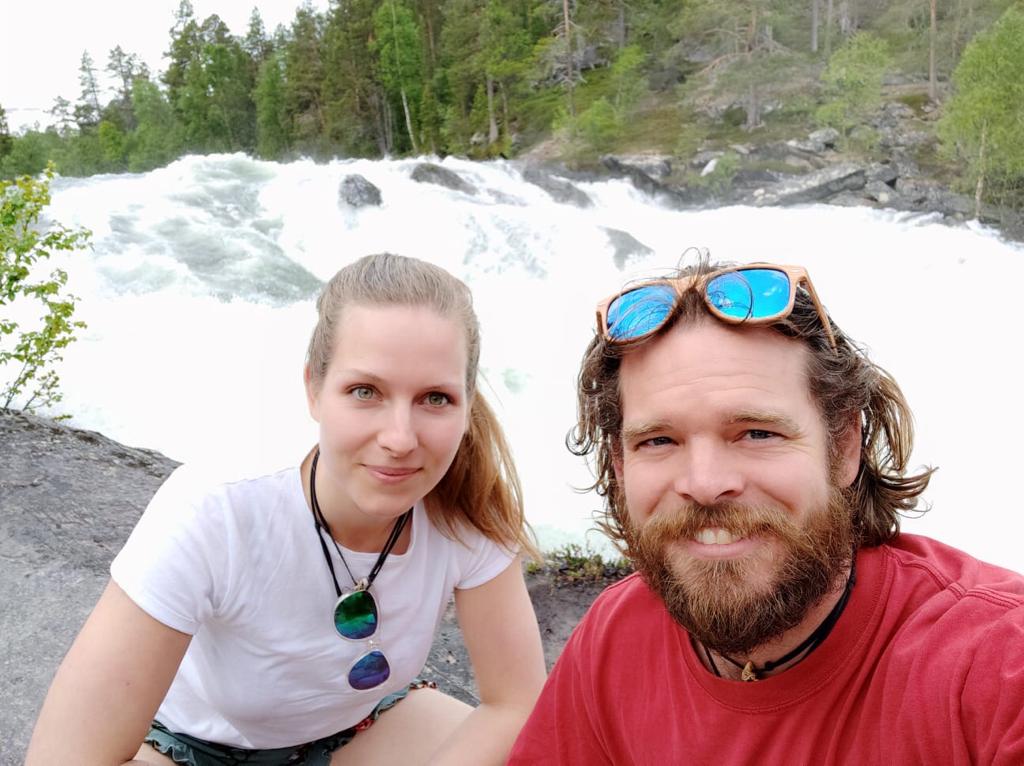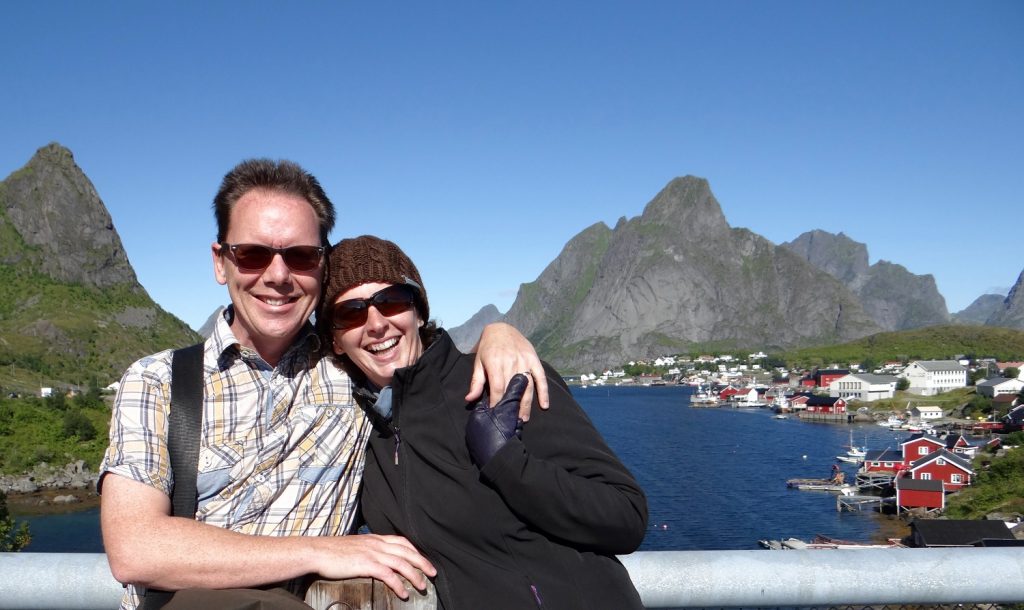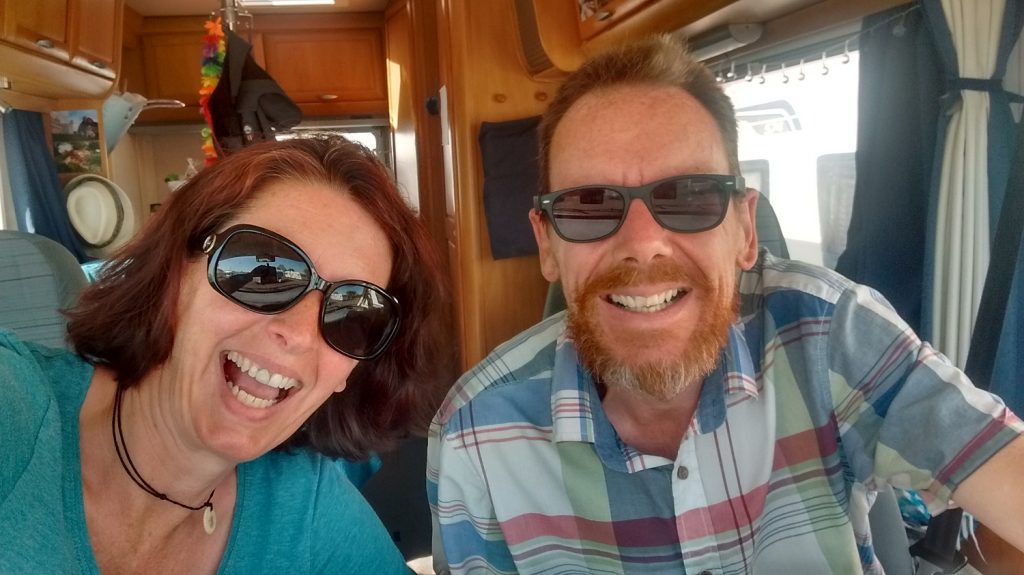Los mercados de Navidad en Budapest son uno de los más conocidos de Europa. En Budapest se cuidan mucho los detalles y encontrarás una gran oferta gastronómica, ocio y cultura. Los mercados de Navidad comienzan a mediados de noviembre y terminan el 1 de enero. Si visitas Budapest en Navidad, los mercados son una de las actividades que vas a disfrutar.
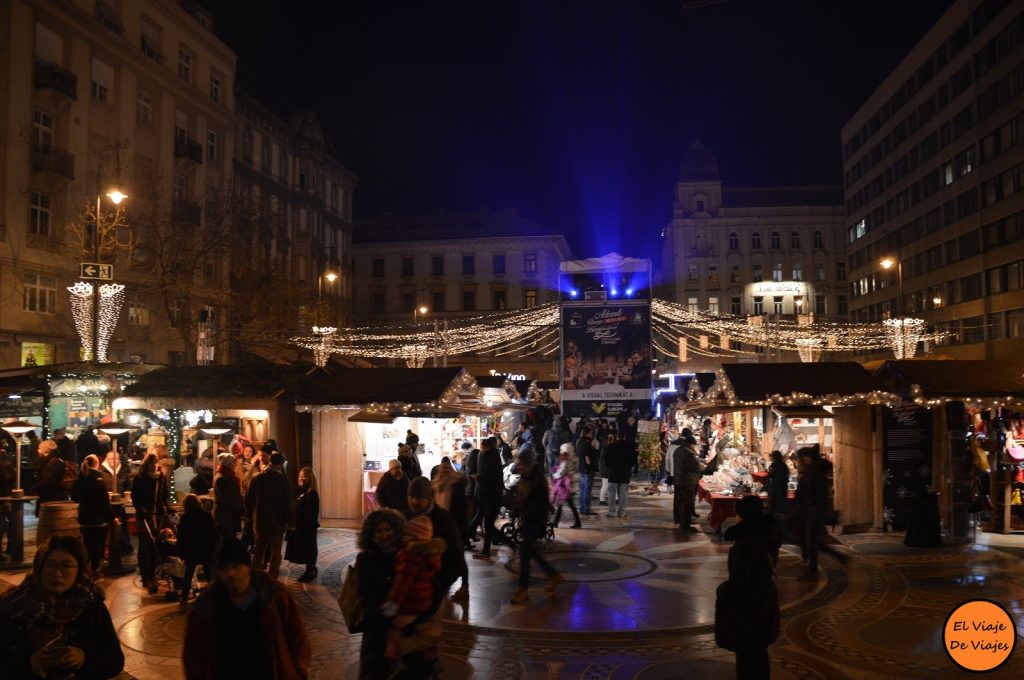
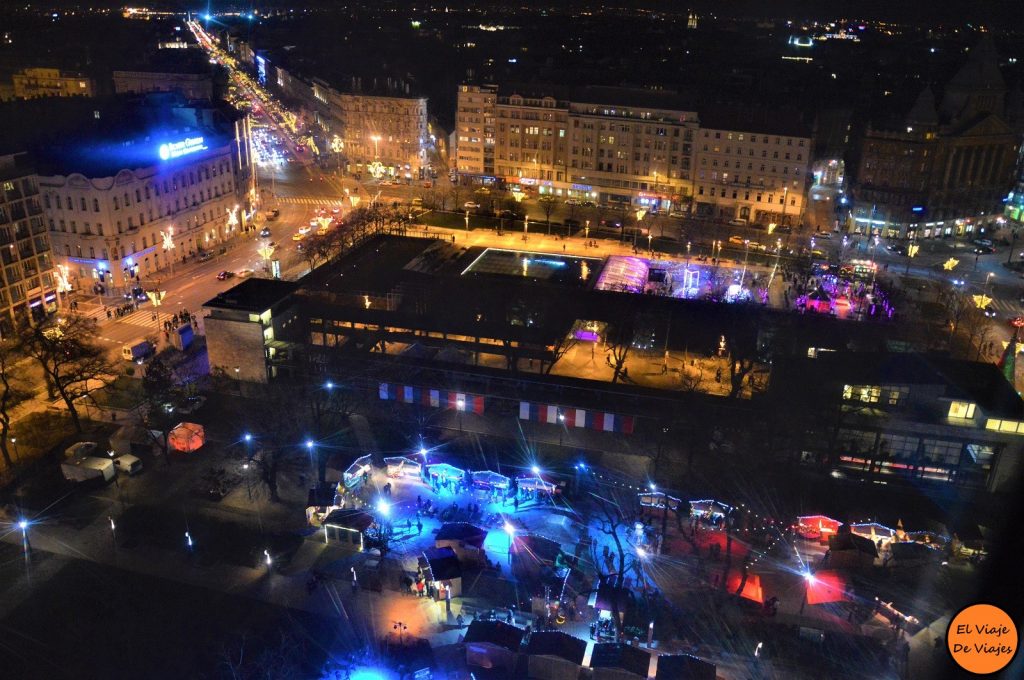
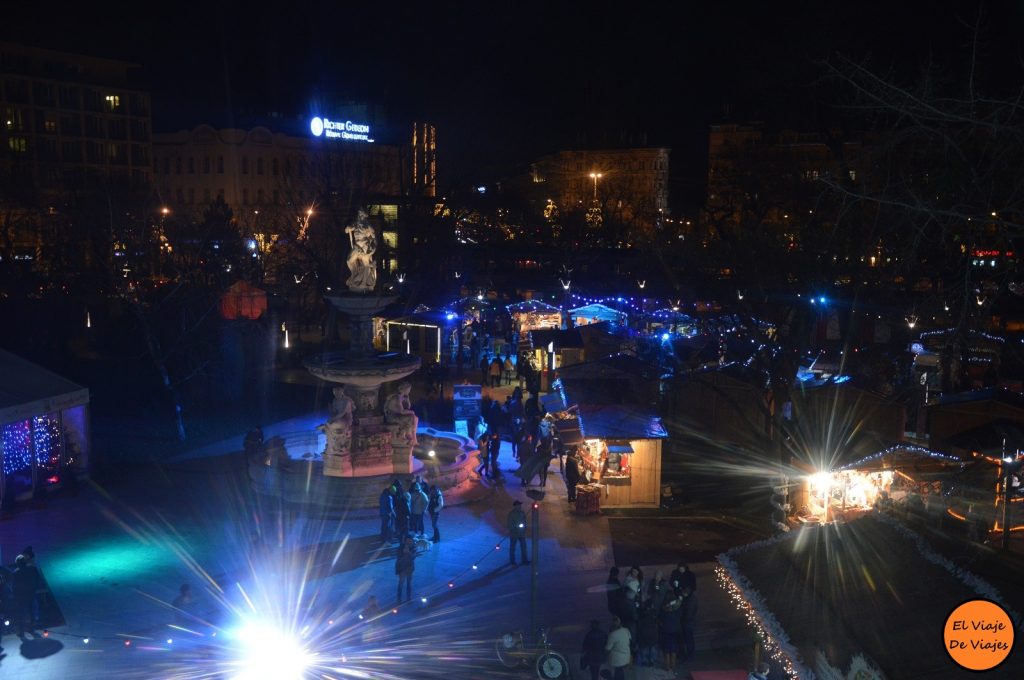
El adviento es una de las épocas más bonitas del año. Visitar los mercados de Navidad se convirtió en la tradición de muchas familias. Durante este período, nos volvemos más conscientes de la importancia de la familia, los amigos cercanos en nuestras vidas y reevaluamos las prioridades.
Todas las metrópolis de Europa compiten en la organización de los mejores mercados navideños. Estos lugares son un imán no solo para los lugareños, sino también para los turistas que viajan para vivir el ambiente previo a la Navidad. Nos encanta visitar varias ciudades de Europa cada año y comparar la decoración navideña, la gastronomía o la artesanía tradicional.
En Budapest cuidan todos los detalles y visitarla es una verdadera fiesta para los sentidos. Los mercados navideños de Budapest se organizan de la siguiente manera: alrededor de la plaza hay puestos con productos artesanales y en el centro en un área de 1200 m2 hay puestos gastronómicos.
¿Dónde están los mercados?
Existen diferentes ubicaciones donde podrás encontrar los mercados de Navidad. A continuación haremos un resumen de los principales mercados. Podrás recorrerlos caminando ya que se encuentran a poca distancia.
Plaza Vörösmarty
El mercado más grande se encuentra en la plaza Vörösmarty (Vörösmarty tér). Aquí tienes la ubicación en Google Maps. Este mercado está ubicado en el centro de la ciudad. Se celebra desde el año 1998. Allí encontrarás una gran variedad de comida local y vino caliente. Desde allí te puedes desplazar caminando hasta otros mercados, frente a la Basíclica de la plaza de San Esteban (Szt. István tér)
Plaza de San Esteban
El mercado de Navidad se encuentra frente a la basílica de la plaza de San Esteban (Szt. István tér). Encuentra la ubicación en Google Maps. En la plaza de San Esteban podrás disfrutar de un espectáculo de luces proyectado en la fachada de la Basílica. Por último, para la gente que no le guste las multitudes, te puedes desplazar 20 minutos al norte de la capital, en la plaza Fő (Fő tér), la plaza central de Óbuda (viejo Buda). Este mercado tiene un ambiente menos turístico y también más tranquilo. Allí encontrarás una pista de patinaje, espectáculos en vivo y un mercado artesanal.
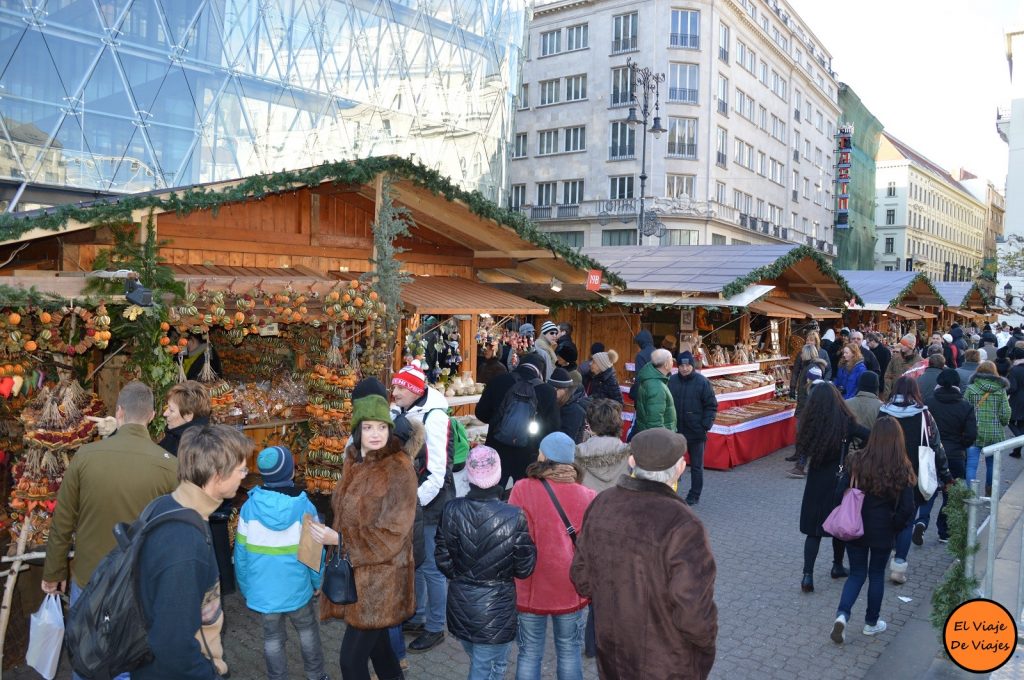
Si visitas los mercados de Navidad en Budapest para degustar las delicias locales, es aconsejable ayunar unos días antes. Si no sabes decidirte puedes dejarte guiar por el instinto y los deliciosos aromas de la comida y bebida; Chorizo, rodilla ahumada, gulash, salchicha, pollo a la plancha, oca, hojas de col rellenas o halászlé, perkelt, carne asada, gulyás (estofado húngaro) son solo algunos de los manjares que podrás probar. No te olvides dejar espacio para un postre y una deliciosa bebida después de esta especialidad.
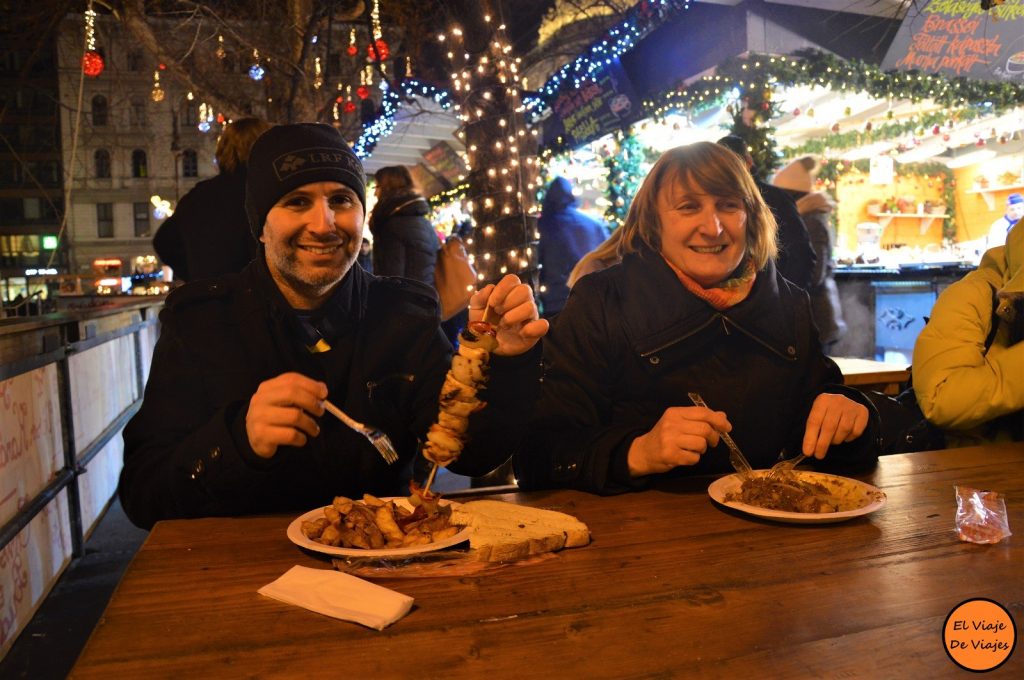
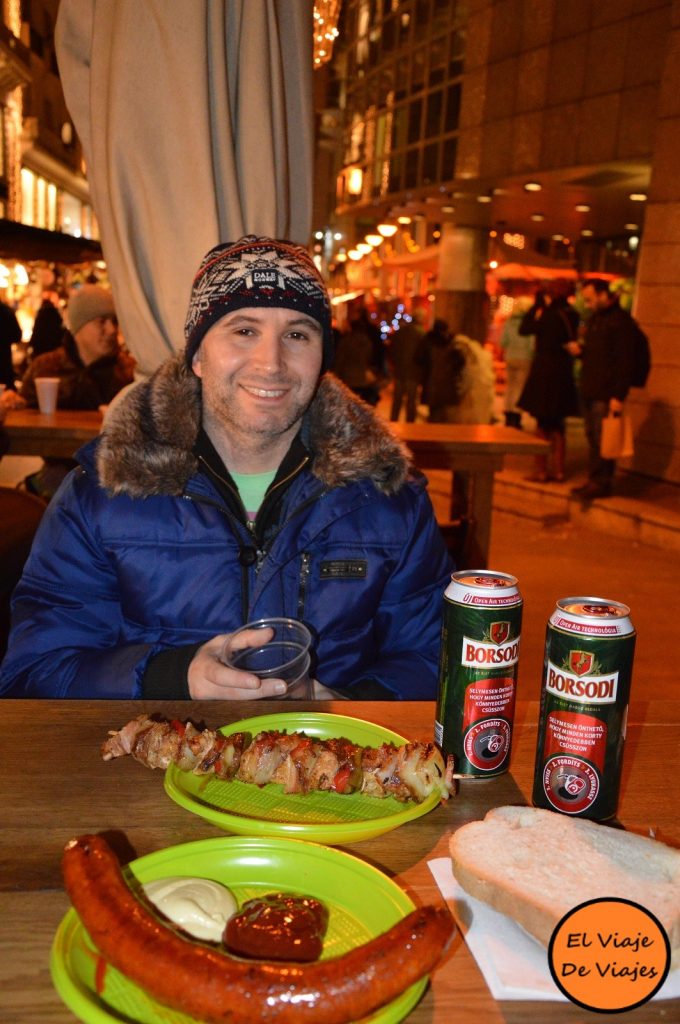
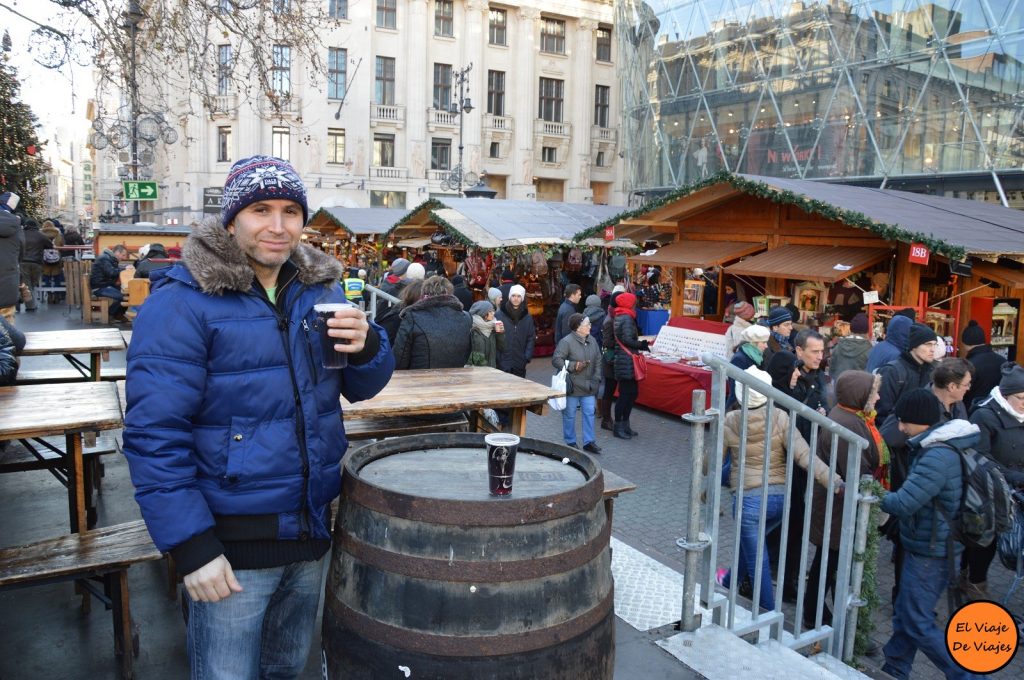
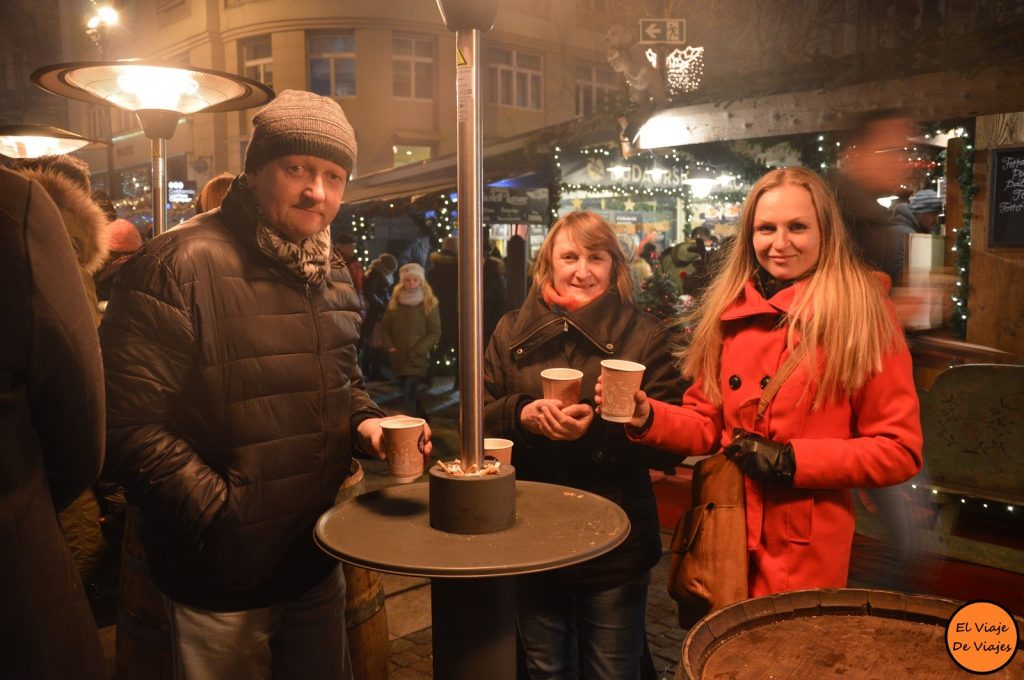
Dulce tradicional de Hungría – kürtőskalács
De postre prueba el Kürtőskalács o kürtős kalács. Se trata de una masa de harina enrollada en un cilindro de madera y unido a un pincho. Se pone sobre un fuego abierto, mientras el cilindro gira sobre sí mismo y se cocina lentamente. El bejgli (pastel-rollo de amapola) o strudel (pastel enrollado con relleno de semilla de amapola, nuez o manzana ). Para saciar tu sed puedes probar el vino caliente, brandy o el licor de hierbas 🙂 . Además, preparan todas las comidas delante de ti y esto lo convertirá en un placer gourmet inolvidable.
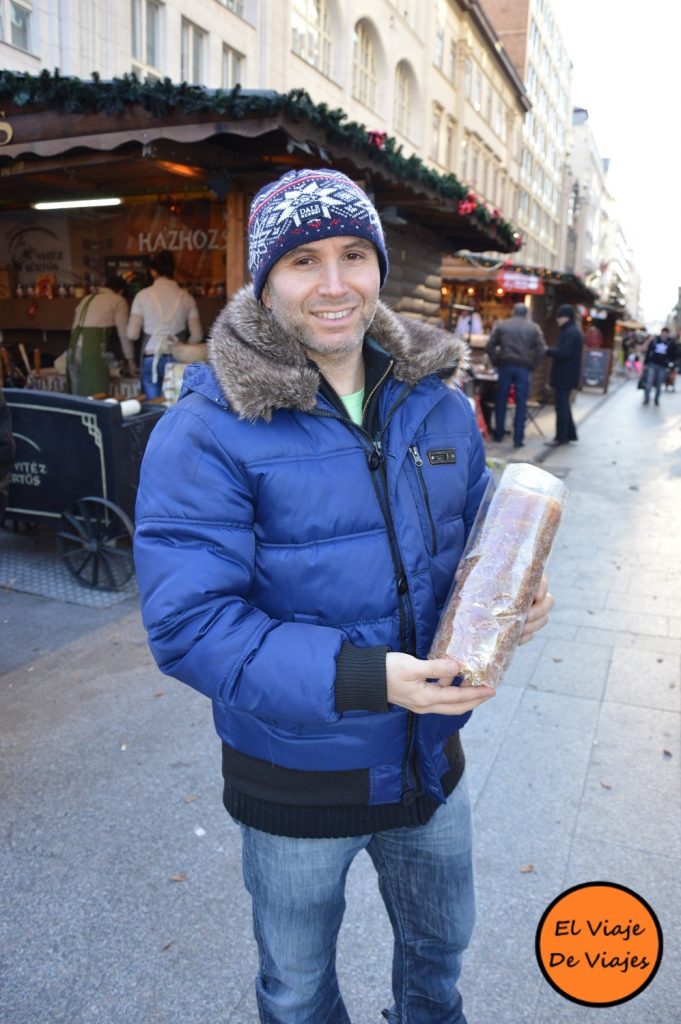
Artesanías en el mercado navideño
Puedes comprar una artesanía y apoyar a los artesanos del mercado navideño. Encontrarás productos para todas las edades. Aunque no compres, puedes apreciar los artículos: manteles bordados o de ganchillo, productos de punto, velas artesanales, cerámica, productos de cuero… Para los niños, se puede elegir entre una variedad de juguetes y dulces. Es en estos mercadillos navideños donde recordamos la importancia de la artesanía, que parece estar desapareciendo de la vida moderna.
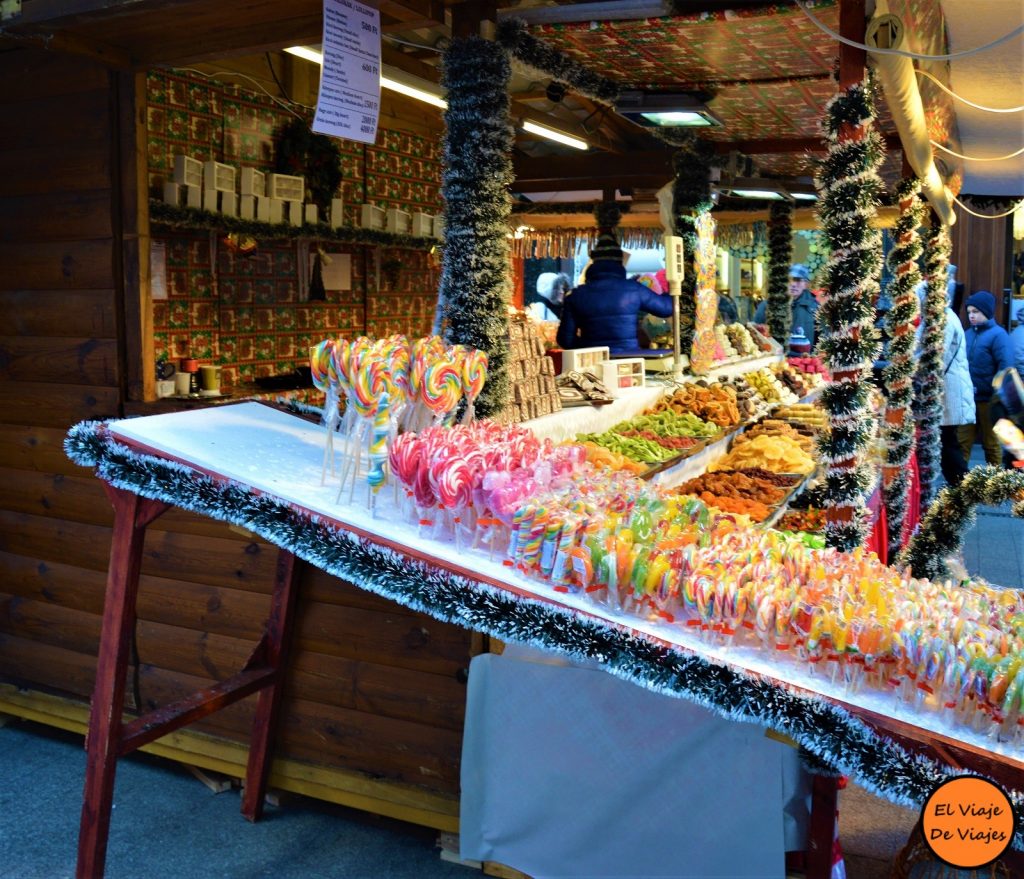
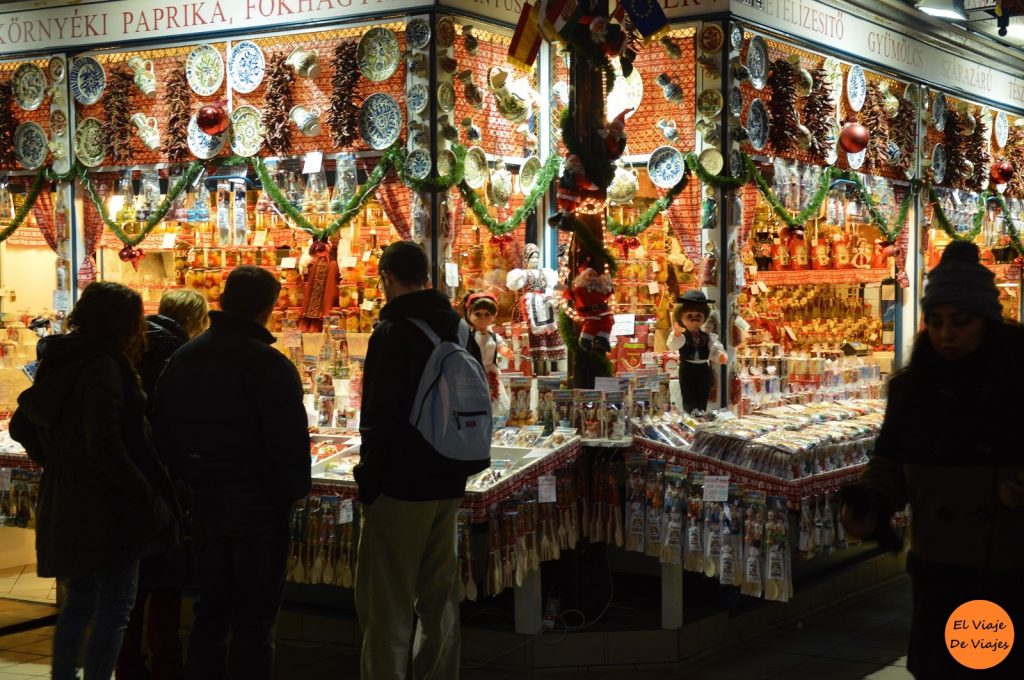
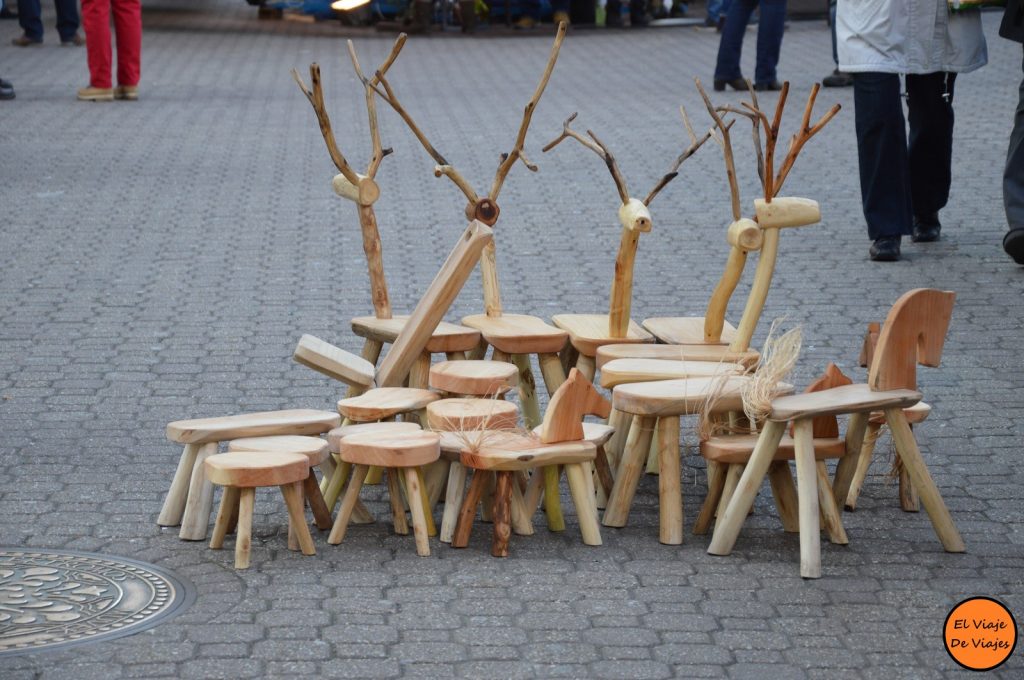
Actividades culturales
Los organizadores de los mercados navideños también preparan un programa muy entretenido en las plazas de Budapest. Los visitantes pueden disfrutar de espectáculos de danza, conciertos de música folk, jazz, blues y soul. También hay espectáculos para los niños. Si tienes la posibilidad, resérvate unos cuantos días libres para poder disfrutar de todo el ambiente de los mercados navideños.
Curiosidades sobre Budapest
Podemos llamar a Budapest la capital europea del balneario ya que es la ciudad balneario más grande de Europa. Relájate en los singulares baños termales de esta ciudad. Más de 30.000 metros cúbicos de agua curativa caliente al día emanan de más de 120 manantiales. En la ciudad hay 21 spas, 15 de los cuales son terapéuticos. El agua termal del balneario de Budapest proviene de diversas fuentes, por lo que se utiliza en el tratamiento de todo tipo de enfermedades y dolencias. Es un verdadero paraíso para los amantes de los tratamientos de bienestar o spa.
¿Cómo viajar hasta Budapest?
La opción barata para viajar desde España es con las compañías aéreas de bajo coste. Si tienes más días libres, en aproximadamente 416 kilómetros puedes hacer un viaje a 4 países centroeuropeos y comparar diferentes mercados navideños. Yo personalmente recomiendo la ruta entre los países de: República Checa, Austria, Eslovaquia y Hungría, recorriendo las ciudades de: Brno, Viena, Bratislava y Budapest. Entre los países y ciudades mencionados anteriormente hay muy buena conexión con autobús, tren, autopista o incluso en barco por el Danubio, entre las ciudades de Viena y Bratislava.
Alojamiento en Budapest
Un buen consejo es buscar un alojamiento bien ubicado para estar cerca de los mercados. Nosotros nos hemos alojado cerca cerca de la plaza Vörösmarty, en el Hotel Zenit Budapest Palace. Este hotel está situado a tan solo 3 minutos andando de la plaza Vörösmarty. En el mapa inferior puedes ver donde se encuentra. De todas maneras puedes encontrar una gran oferta de hoteles a través de Booking o Airbnb.
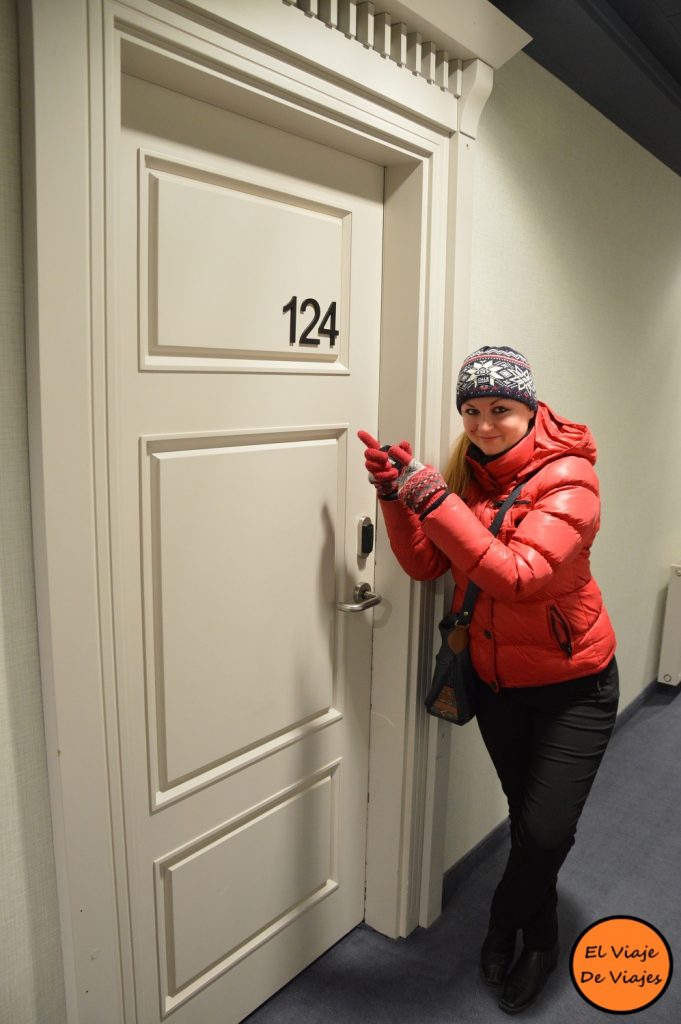
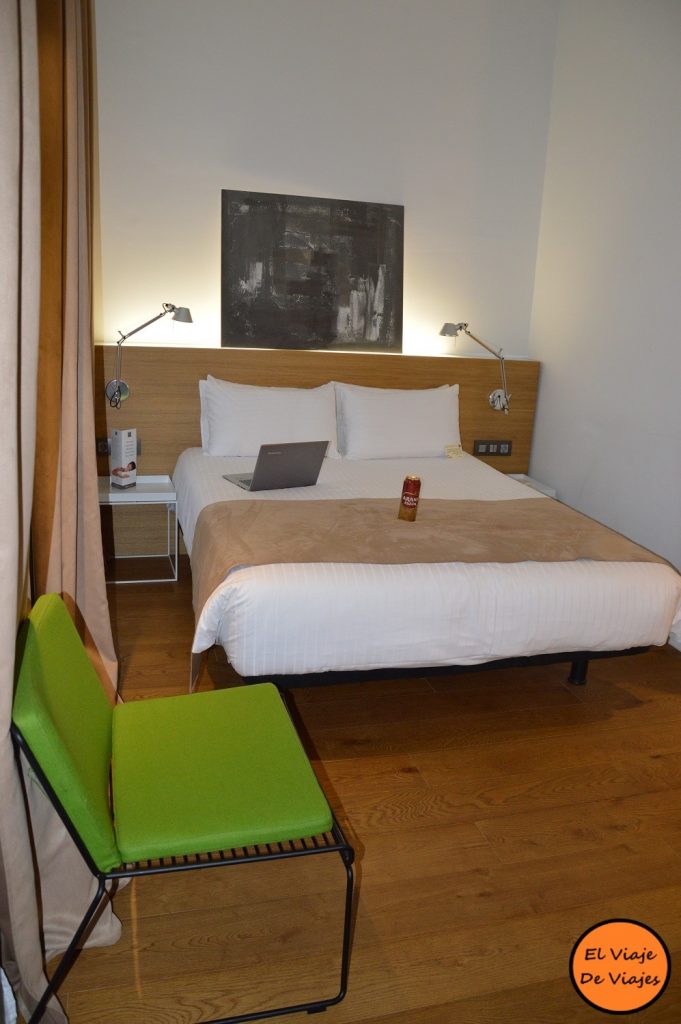
Tipo de moneda en Budapest
Aunque Hungría es un país que pertenece a la UEE, allí no se utiliza el euro. La moneda es el forinto húngaro o florines húngaros. En algunos lugares podrás pagar con tarjeta de crédito, pero también encontrarás muchos puestos en los mercados de Navidad donde solo aceptarán dinero al contado. Te recomendamos que consultes el tipo de cambio vigente y acudas a una oficina de cambio para tener una cantidad en moneda local.


